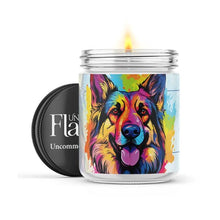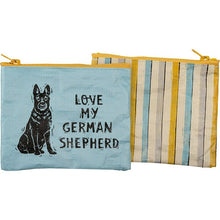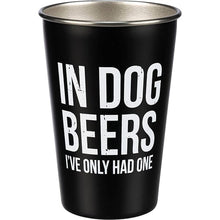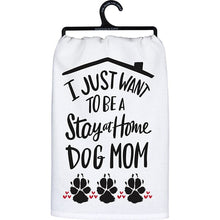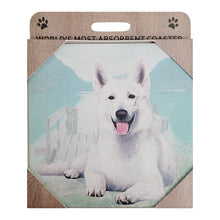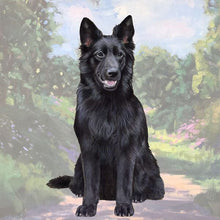From Bonding to Health: The Benefits of Regular At-Home Dog Grooming
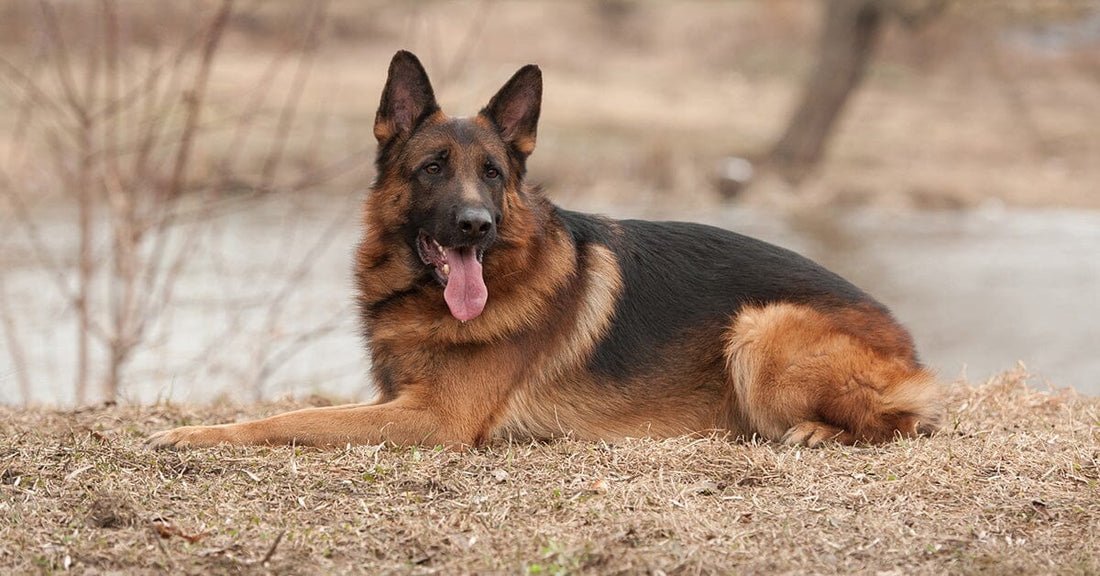
Grooming your dog is a process. One that's best done in a specific order and in certain ways. It is a vital part of a dog's physical and mental health. Working dogs and active dogs need even more attention paid to their nails, feet, and coat than most. So, let's get into the benefits of grooming at home.
There are numerous health benefits to grooming a dog, especially active and working dogs. Matted fur can be very uncomfortable, and, in some cases, limit the range of motion, depending on the location. It can also interfere with a dog's ability to thermoregulate to keep warm or cool off.
Another benefit to regular grooming is a healthy skin and coat. Brushing revitalizes your canine’s coat and skin while removing dirt and parasites stuck in their fur after a day of working in the field or on the farm, or going for a hike or run.

Regular grooming also lets you establish a routine of self-check-ups on your dog. You will catch rashes, cuts, and other health issues sooner and be able to get timely treatment for any medical problems or concerns you notice.
Grooming your own dog also lets you show affection and strengthen your connection with your canine companion. It's also less stressful than being dropped off to a stranger to have the work done.
Now, let's talk about how to get your dog used to grooming. Some dogs love grooming, while others don’t. These dog grooming tips can help make nervous dogs more comfortable.

● Start young. Exposing your pup to grooming, ear cleaning, and having it's paws and tail touched early on helps get them used to the sights, sounds and the feeling of being groomed.
● Take your time. Start off with mock sessions. Then short sessions. Eventually building up to a full groom.
● Make the experience positive. High value treats are your friend. They can be used for a distraction and as a reward for good behavior and being calm and cooperative.
● Establish a routine. Dogs are programmed to follow a routine. Set days, times, and order of grooming helps dogs to relax because they know what's coming, when, and how it'll be done.

The very first step in grooming is always brushing. There are many different types of dog brushes and using the wrong brush can range from ineffective to painful. Remember to always use brushes that work well with your dog’s fur type.
Slicker brushes have fine wire bristles. They're very good at breaking up mats and removing loose fur. It’s an essential brush for any coat type.
Then you have your pin brushes. Pin brushes have flexible wires that are gentle on the skin and good for untangling minor knots and removing loose fur. This type of brush is great for double-coated dogs, like the German Shepherd, and those with medium and long coats.
Another common brush is the bristle brush. They have tightly packed bristles like a horse brush, and they are excellent at removing loose fur and stimulating the skin of short-haired, smooth-coated, and frequently shedding dogs. Not quite the best for a German Shepherd in terms of helping with shedding, to be honest, but it is good for the skin and helps spread the natural skin oils over the fur. If you own a German Shepherd, you'll constantly be cleaning fur out of the bristles, and you'll never get the fur all out. That's just part of it!

Shedding rakes ... a true necessity for all owners of double-coated dogs, like German Shepherds. Shedding rakes penetrate thick coats and remove tangles and dead fur from undercoats. De-matting rakes look somewhat similar to shedding rakes, but never get these two tools mixed up. These specialized tools have sharp blades and teeth that go through knots, tangles, and matted fur by cutting through them while not harming the skin.
A bath is next in line after a good brushing. We already know that baths help remove dirt, debris and parasites from your dog’s coat and eliminate odors. But getting into the particulars, how often you should bathe your dog depends on the breed and lifestyle. For German Shepherds, you don't need a lot of baths, thanks to their rugged double coat. Working dogs may require more tub time, depending on how much dirt and debris they pick up while in the field. But a dog who doesn't get dirty often? Four times a year to every other month is fine. A rinse in clean water for a freshening up in between real baths is fine too.
Remember, overbathing a dog can strip their skin and fur of essential natural oils that keep them healthy. The best way to go about bathing is to only give your dog a bath when they need one. For example ... when they are visibly dirty, their coat has lost its luster or they are smelly.

Bath time tips.
● Most dogs are not the happiest campers when you go to give them a bath. A common theme throughout the entire process of dog grooming is to make the experience positive by incorporating plenty of treats, and praise.
● Water that is too hot or cold isn't good for your dog. Lukewarm water is best.
● Keep the dog shampoo, towels, and any other bathing items you need in one place that you can easily reach. Once your dog is in the tub, unless they are exceptionally well trained, will jump out and leave you soaked if you get up to grab something.
● Start at the neck and work your way down the body. Try your best to keep water out of your dog’s ears, eyes, and mouth. Using a damp washcloth to clean their face is the easiest and most efficient way to go about it.
● Rinse your double-coated dogs well. If you think you got all of the soap, you're wrong, keep rinsing and running your fingers through the coat. Double-coated dog's fur will trap soap in it, and soap residue can cause skin irritation.
● Use a dog dryer or towel dry. Don't use a human hair dryer. They get too hot.

After the bath, it's time to move to the feet. Those little paws are the only contact your dog has with the ground when walking, running, making sharp turns, stopping, and jumping. They need to be kept up. Properly maintained paws track in less dirt and mud, protect the joints of the foot, knees, shoulders, and hips, and provide good grip. Here are some tips.
● Even when you're not grooming your dog, it's a good idea to check out their paws often to make sure there are no cuts or punctures. If you find any, treat them with an antibiotic ointment. If it's a wound that may be infected or something that looks serious, consult your vet.
● Check for, and remove any debris, such as rocks, dirt, thorns, or anything else that can get between the pads or into them.
● Check for dry or cracked pads and treat them with a dog-specific paw balm.

● Fuzzy, untrimmed feet attract everything, from the chemicals used on lawns to burrs, dirt, mud, and even salt from the roads in the winter. Trimming the fur between your dog's pads and shaping them if you have a long-coated dog is essential.
● Trimming dog toenails is an essential task. Long toenails hurt your dog and can even change the bone and joint structure of the foot. Long nails also heighten the risk of your dog tearing one off and bleeding, or developing nail bed infections. On the other hand, cutting them too short will cause pain and bleeding. If your dog has light toenails, you'll be able to see and avoid the quick in the nail. If your dog has dark toenails, you'll have to use your discretion and experience to judge where the quick is or use a Dremel to be safe.
● Because bleeding is a possibility, have styptic powder or cornstarch on hand.
● Use high-quality, scissor-style clippers. Cheap ones won't maintain an edge.

Last but not least is the sanitary trim around the butt, tail, and genitals to prevent feces and urine from soaking into the fur in those areas. You can stop there and call it a day, or if you really want to add the finishing touches like a pro, a few spritzes of dog cologne will have your dog looking and smelling like a million bucks.
We hope you found this informative and helpful. Thank you all for reading, and if you don't mind, please leave a like and share!
You may also like: 7 Grooming Tips To Look Like A Pro




